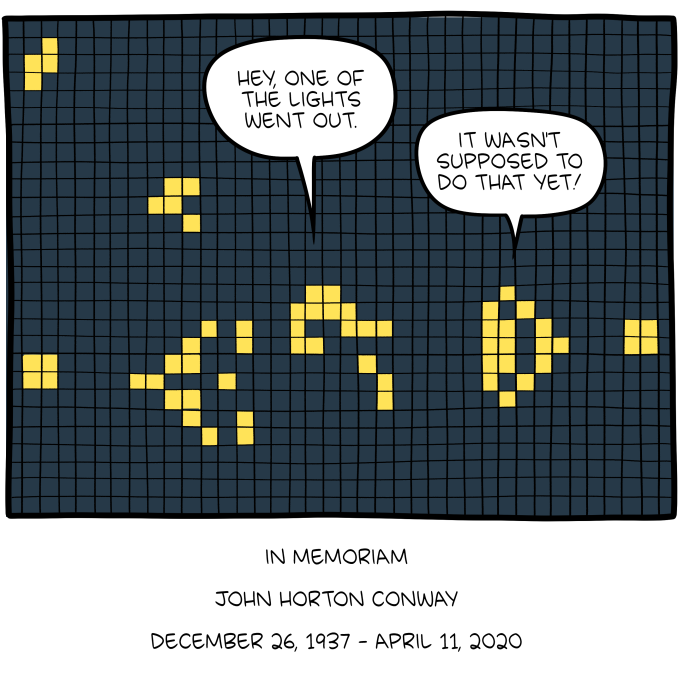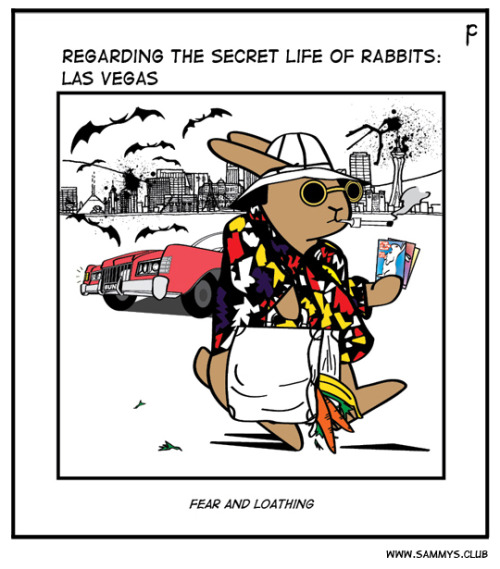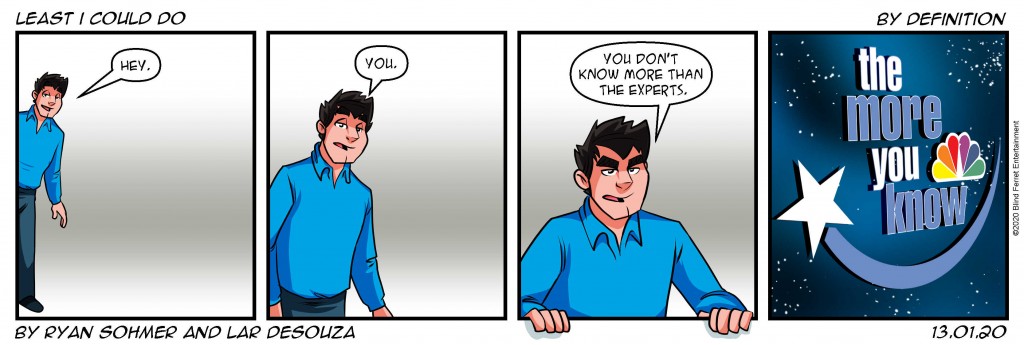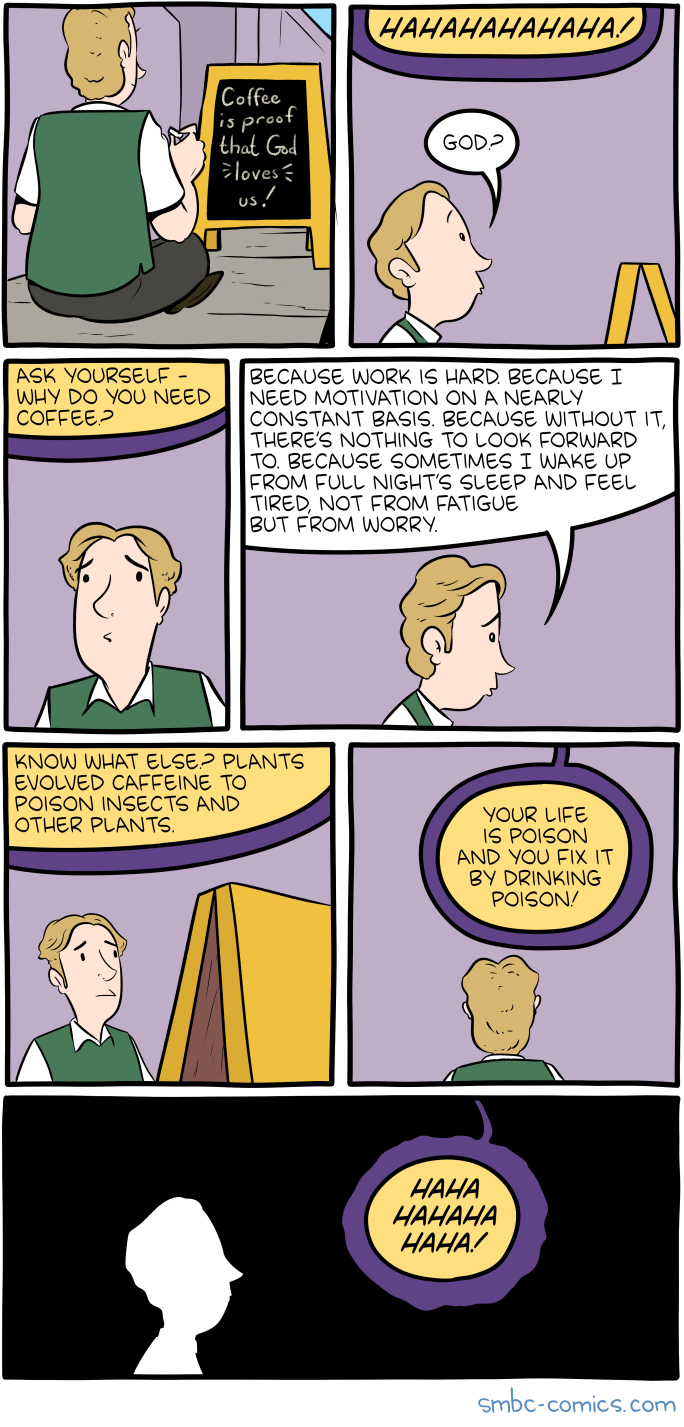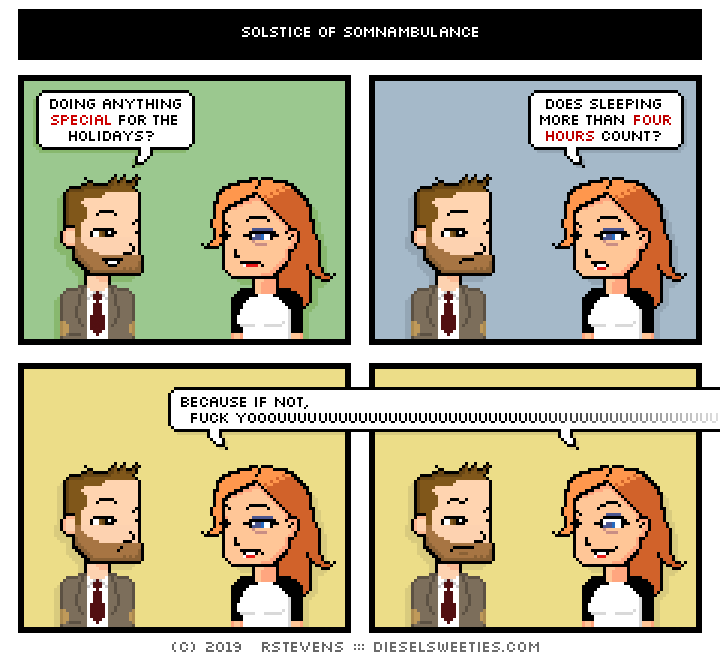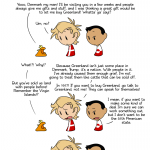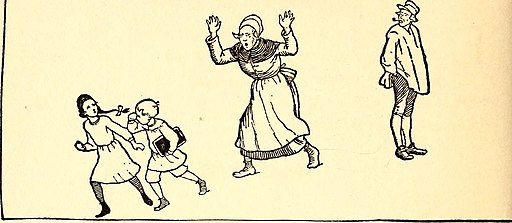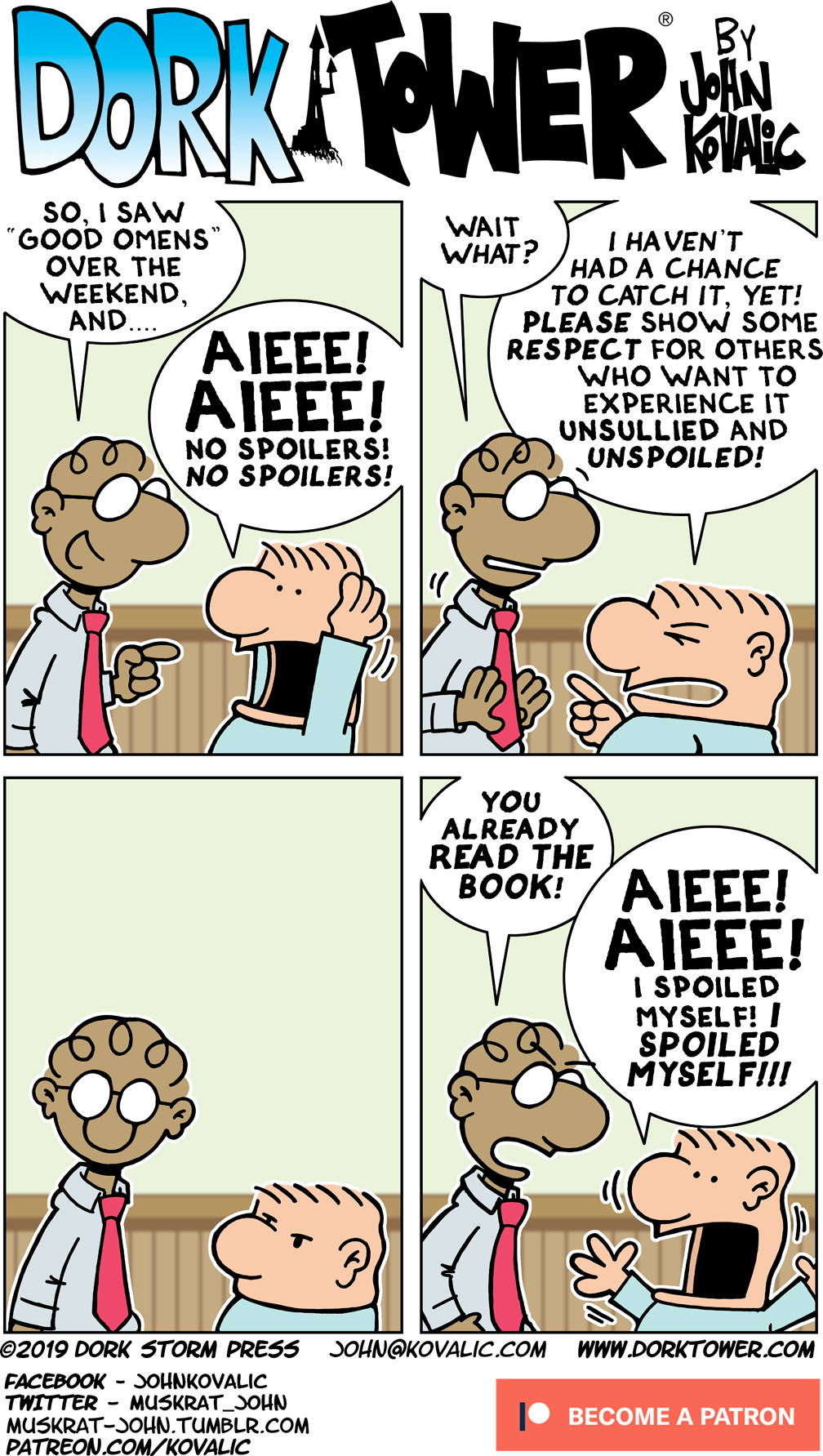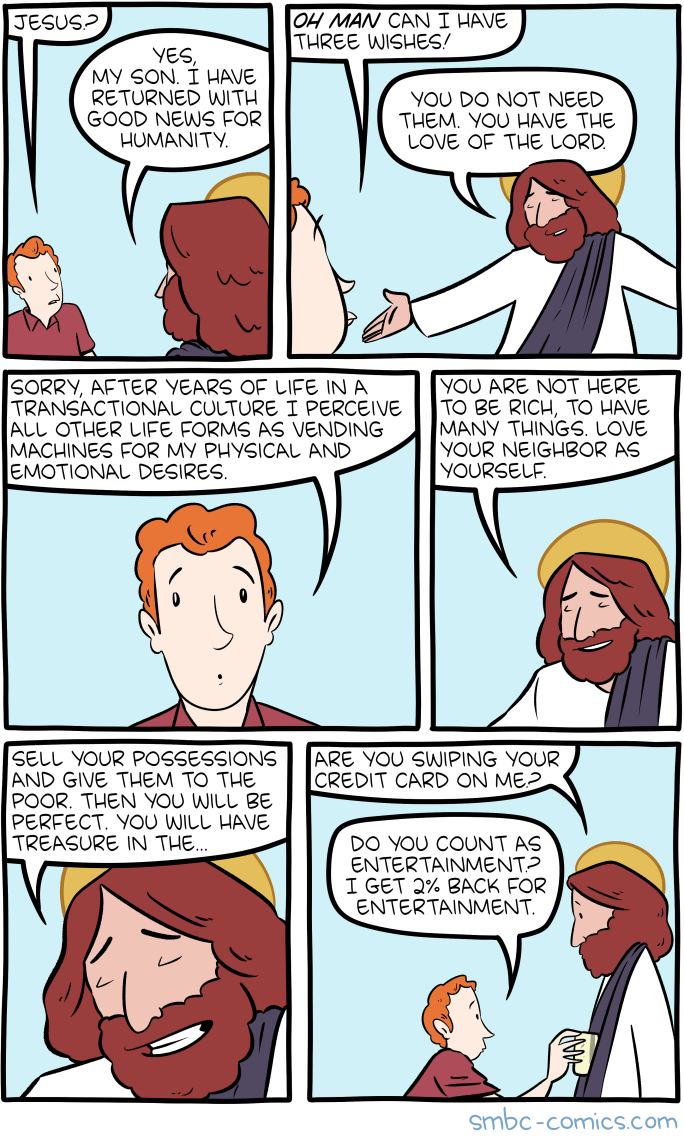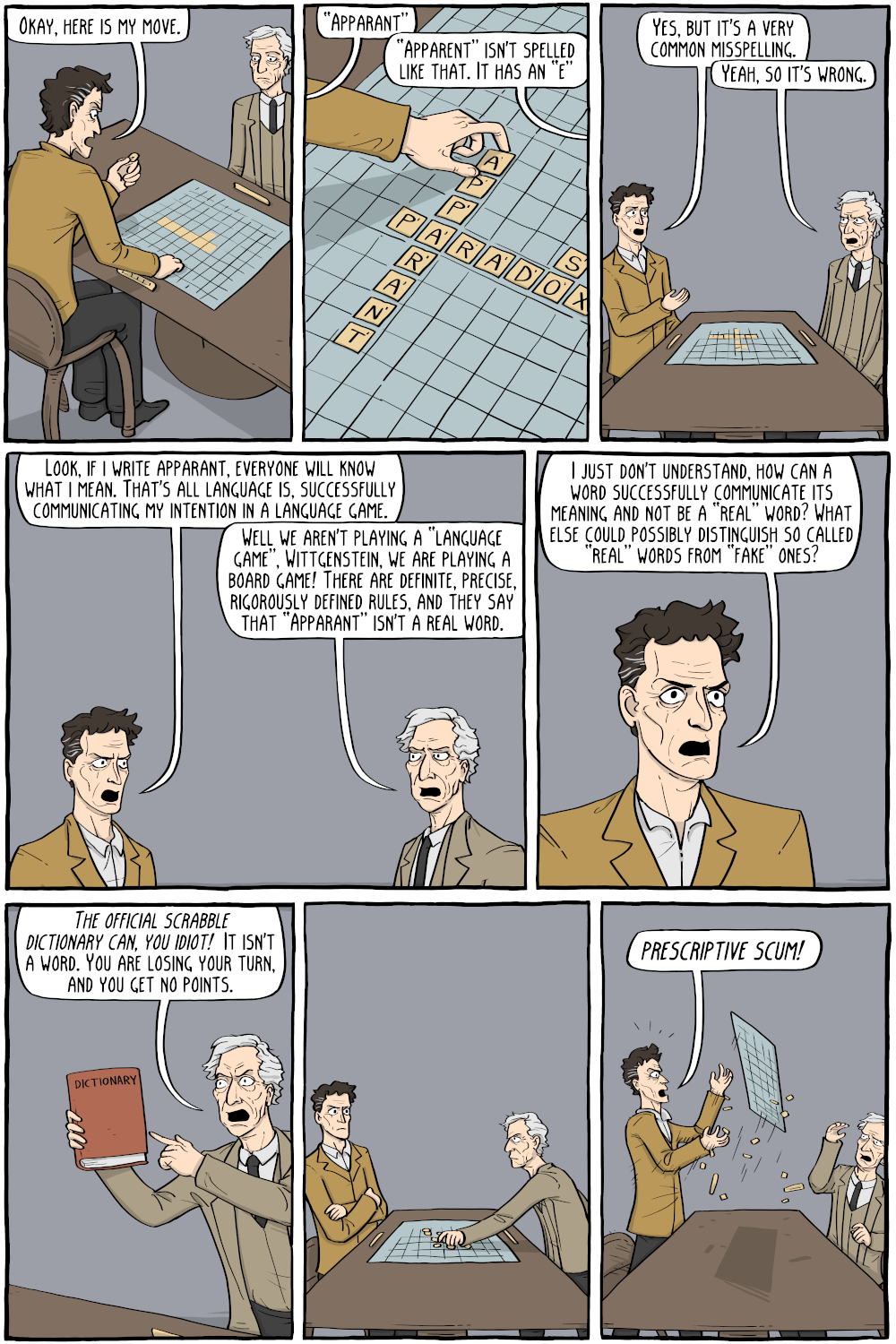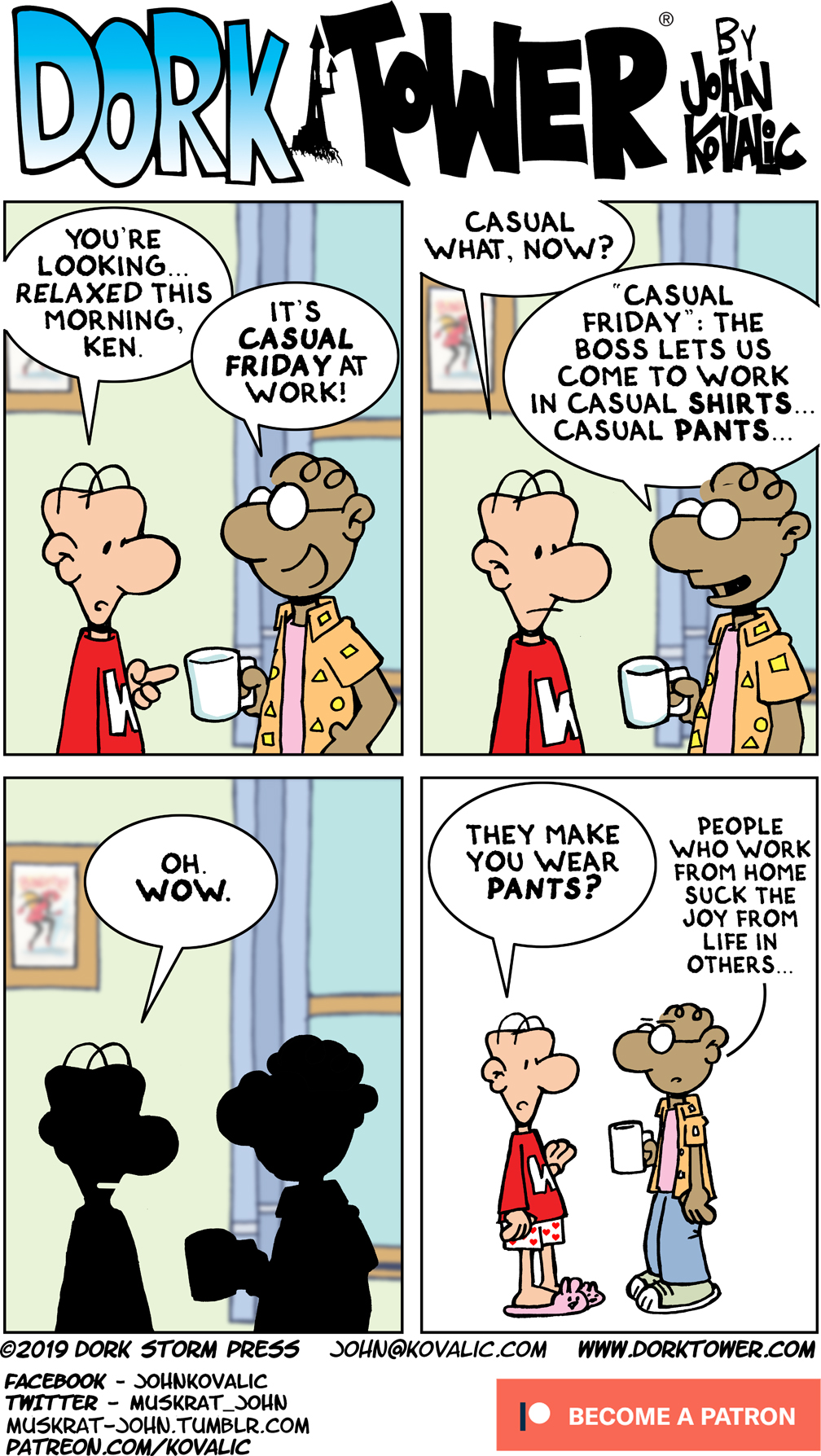Original air date: October 18, 1980
I know there are quite a few Muppet fans out there who aren’t so big on the films Muppet Christmas Carol and Muppet Treasure Island. For them, there’s something about watching the crew take on roles that aren’t themselves, to tell an often already well known story, that just doesn’t work.
And yet, one has to agree that episode 506 of The Muppet Show is really a precursor to those films, in which the Muppets and Brooke Shields reenact Alice In Wonderland in 25 minutes. Granted, there are still backstage segments where everyone slips out of character, but the bulk of this episode is focused on Lewis Carroll’s classic story (or rather classic stories, since this episode draws from Wonderland and also Through the Looking Glass).
This episode does feel a bit odd in comparison to so many other Muppet Show episodes, but for a show that, at this point in the run, is on its fifth season, it’s nice to see them still taking risks and trying something new. And overall, I think this episode works wonders.
We get to see the characters take on the roles from this classic tale. Miss Piggy is (unsurprisingly) the Queen of Hearts, with Link Hogthrob as her King of Hearts. For the Mad Tea Party scene we’ve got Gonzo as the Mad Hatter, along with a Chicken as the Dormouse (and I know it’s supposed to just be a random chicken, but the fact that it’s performed by Jerry Nelson did make me go “IS CAMILLA TALKING??” in my rewatch). We’ve also got Floyd Pepper as the Caterpillar, Scooter and Rowlf as characters in the Jabberwocky poem, Statler and Waldorf as Tweedle Dee and Tweedle Dum, and Marvin Suggs as the Judge.
There are two other roles I’d really love to talk about in this episode. The first, of course, being Fozzie Bear who gets confused about the source material and spends the entire episode dressed as the Tin Woodsman from The Wizard of Oz. I don’t know what it is, but I find something so supremely charming about this mix up and Fozzie’s dedication to the costume. And finally, y’all, we need to talk about Dr. Teeth.
Dr. Teeth’s head on top of a cat’s body is so incredibly alarming if, like me, you forget that that’s part of the episode. It feels like something from a fever dream. I know we get Floyd on a Caterpillar’s body, but it’s the Dr. Teeth one I really can’t get over.
Brooke Shields is the guest star of this episode, portraying Alice in the story, and overall she’s pretty solid – especially when you consider how young she was at the time. There’s a quaintness to her performance, but there’s also a level of simplicity. She seems like she’s having a good time, but also is perhaps just a little stiff. But again, I think for this episode’s purpose she’s a perfect fit.
Since the episode is a retelling of Carroll’s book(s), there isn’t really a segment that stands out from the rest. Instead, the whole episode just stands out as a unit. There are certainly memorable bits – The Mad Tea Party and the ‘Falling Song’ scenes to name a couple – but overall this episode is a cohesive piece of art and it’s impossible to separate segments from one another, especially since there’s so much bleed over (namely Brooke’s size changing from one scene to the next). The Jabberwocky scene might be the most stand out bit of the entire episode, what with the imaginative characters and beautiful Jabberwocky puppet, not to mention the poem which I’ve always found to be cool.
I’ll also note quickly a moment with Piggy, who’s upset she doesn’t get to play the role of Alice. Piggy finds out that Brooke Shields has shrunk and then attempts to “accidentally” hop on Brooke to smoosh her. When you consider that Brooke Shields was a child at the time, it’s a bit more malicious. There’s also the moment at the end of ‘These Are The Yolks’ where Humpty falls off his wall and then proceeds to be trampled by the Kings’ men and a horse. So I guess this is just a trample heavy episode.
All in all, a stand out episode that I’d put up there with the best of The Muppet Show. It gave us a chance to see that the Muppets were capable of taking on a story and making it their own, which would then lead to the creation of several of their later productions.
Best Joke: Fozzie entering the Wonderland episode dressed as a character from Wizard of Oz and then telling Kermit he thought they were doing Peter Pan.
Lamest Joke: “I’m looking for a hole.” “A whole? A whole what?” “I hate smart Alices.”
MVM (Most Valuable Muppet): In an ensemble heavy episode, everyone really pulls their weight. But I’m gonna give it to Fozzie just because I love the idea of everyone agreeing to do a story-centric production and him showing up as a character from an entirely different book.
Most Classic Moment: Everything to do with the main plot of this episode feels like the most classic moment. Brooke Shields in the Alice dress surrounded by Muppets done up like the Wonderland crew feels so quintessentially Henson.
Should-Be-Classic Moment: The ‘Smiling’ medley the Muppets all sing to Fozzie to cheer him up.
First Appearance Of…: A lot of the Wonderland specific characters (the Jabberwocky, the White Rabbit, Humpty Dumpty, the March Hare, etc.) were built specifically for this episode, most of which we’d never see again!
Missed Opportunity: While the idea of making a chicken the Dormouse is funny, I’m surprised they didn’t make Rizzo or another rat the Dormouse instead.
Coolest Puppetry Effect: The use of the green screen in the Falling Song and Jabberwocky are cool. I love the image of the Muppets falling passed Alice, as well as when the Jabberwocky gets beheaded.
Obscure Character Watch: In the Jabberwocky segment, there are giant stilt-legged birds called Borogoves. One of those Borogoves appeared in episodes 509 and 510 as well.
Musical Highlight: Probably the Falling Song, but I want to give an honorary head nod when everyone breaks out into ‘Off To See the Wizard’ near the episode’s end.
One More Thing…: Brooke Shields was only 14 years old when filming this episode, making her the youngest ever Muppet Show guest star!
Okay, One More Thing…: During its entire run, The Muppet Show received twenty-one Emmy nominations. Malcolm Stone, one of the show’s art directors, would receive his second nomination for this episode, in particular for the backdrops based off of the illustrations of John Tenniel’s classic Alice art.
Click here to mix-up Wonderland & Oz on the Tough Pigs forum!
by Julia Gaskill
The post The Muppet Show: 40 Years Later – Brooke Shields appeared first on Muppet Fans Who Grew Up - Tough Pigs.





